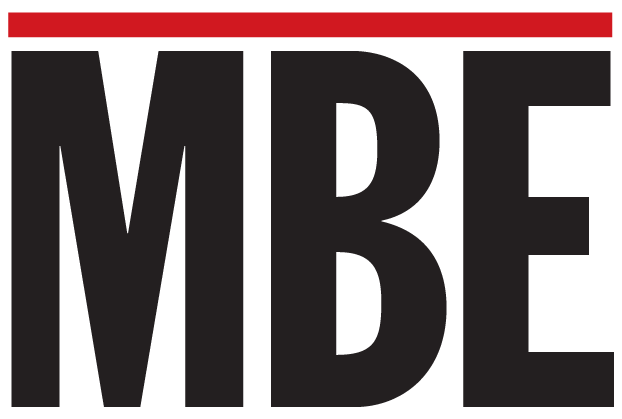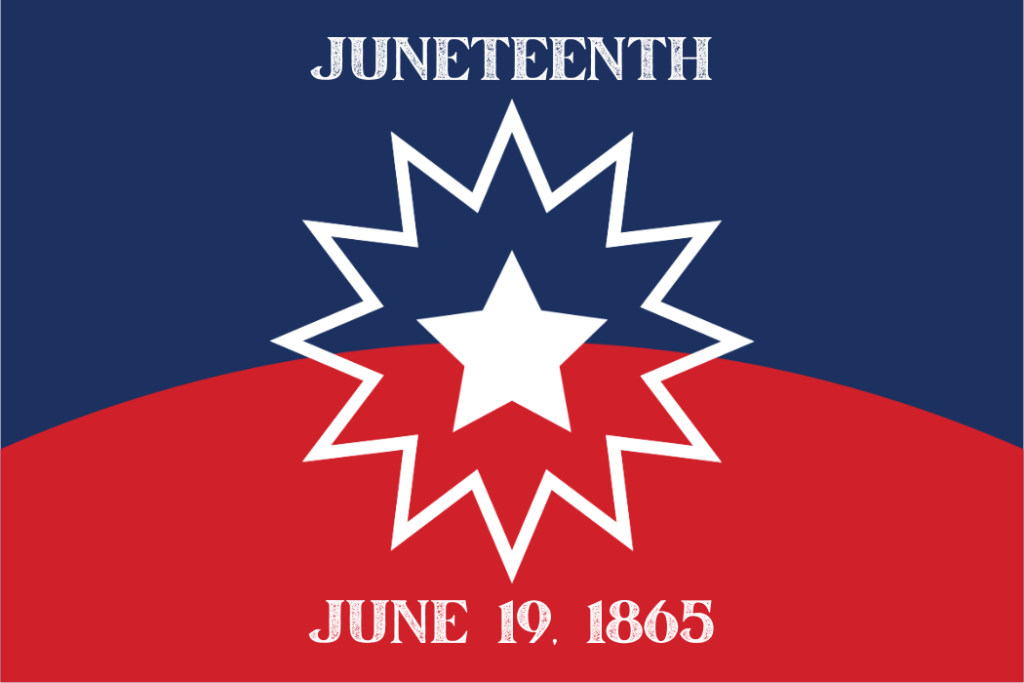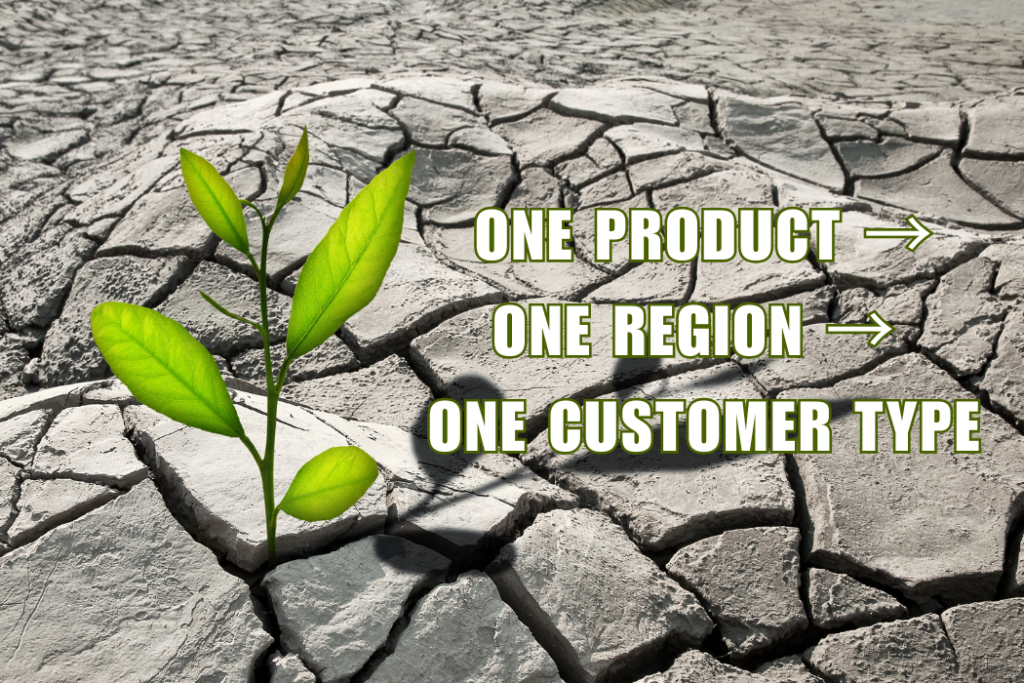
By Leonard Greenhalgh and Mayank Shah
Supplier diversity programs are designed to “level the playing field” for diverse suppliers that traditionally have not been included in the economic mainstream. These programs are successful and sustainable only when the chosen suppliers create value for the customers they serve. It therefore makes sense to accelerate the development of diverse suppliers by providing them with targeted learning experiences. So when Minority Supplier Development UK (MSDUK) was formed, an important aspect of its mission was the development of diverse suppliers. Instead of “reinventing the wheel,” MSDUK sought program design guidance from the most experienced educational provider, the Tuck School of Business at Dartmouth.
The Tuck School has been studying the development needs of minority business enterprises (MBEs) for four decades. In 1979, the school was preparing for its inaugural Minority Business Executive Program, which was delivered in 1980. Since then, the school has collected data on MBEs. Doing so optimizes the impact of the intensive learning experience of the one-week programs. Time is a scarce resource for entrepreneurial business owners who typically are anxious about being away from their business for a whole week! So, it’s necessary to focus on the most meaningful topics. The knowledge the Tuck School has gained thus enables tailoring the learning experience to the exact needs of MBEs. And, much of that knowledge is globally applicable, hence the close collaboration between Tuck and MSDUK.
The research results explain the high rate of failure of entrepreneurial businesses, where failure is defined in terms of the inability to survive, prosper, and grow to scale. The data highlight what differentiates diverse business enterprises that succeed and those that struggle to stay afloat. That knowledge helps Tuck and MSDUK fulfill their common mission of fostering the success of diverse businesses.
There is a need for real facts about the challenges facing diverse businesses. Some organizations that serve MBEs provide help with financing and matchmaking, and, not surprisingly, they have created the view that the major challenges are access to capital and access to contracts. It’s always myopic to define problems in terms of the solution being offered, but a poorly organized business is destined to fail even if it was given unlimited credit and preferential opportunity to respond to Request for Quotes. The U.S. data show that the problems diverse businesses encounter are more complex than discriminatory lending practices and entrenched supply relationships.
Inclusive outsourcing is not a challenge that is unique to the U.S.. All countries have minority populations and all countries would be better off if their minority-owned enterprises were fully participating in their national economies. But few of the countries have a national program to foster inclusion. This article details what has been learned from studying the challenges facing U.S. minority businesses and the collaborative effort underway to share 40 years of learning and continuous improvement with MSDUK.
MSDUK is one of the five supplier diversity advocacy organization that supports minority suppliers around the world in the UK (MSDUK), South Africa (SASDC), Australia (Supply Nation), Canada (CAMSC), and China (MSDChina) and together they are part of the Global Supplier Diversity Alliance.
The Real Inhibitors of U.S. MBE Success
Surprisingly, the number one shortcoming of MBEs is the lack of strategic clarity. This happens when the business owners can’t tell you what business they are in and, more importantly, what business are they not in. Instead, they say they’re in the business of “whatever makes money” or ask the buyer or supplier diversity professional, “What do you need?” Strategic clarity is evident when the MBE understands its target market, how the market is changing, who they are competing against, who are the new market entrants they could be competing against in the foreseeable future, what is its competitive advantage in the eyes of their target market, and whether it has the capacity to deliver on its value proposition. If these issues are not addressed, the MBE’s strategy is not really a strategy: it’s “hoping for the best,” and is on a pathway to obscurity.
The number two shortcoming is inability to attract and, especially, retain talent. Most companies in the U.S. have this problem to some degree in today’s tight labor market, but Tuck’s data show that it’s a greater problem for minority and women entrepreneurs. The best employees—those that can help the owner take the company to the next level — are the most at risk of leaving. Follow-up interviews revealed two reasons for this. The obvious reason is that these employees are most in demand and have the best labor market opportunities. The less obvious reason is that the entrepreneurial personality makes delegation uncomfortable. So there’s a tendency for the best employees to get frustrated and go to an employer that will give them more autonomy.
Access to capital for minorities is a real problem in the U.S. Multiple studies have reached the same conclusion — that loan applications from minorities and women are more likely to be denied, or, if granted, require higher interest rates — than identical applications from white males. But the greater problem is cash flow management. Profitable companies can and do go out of business when they become illiquid. The situation is made worse when corporations use their power unfairly to stretch out payment terms beyond the 30 days they expect of their own accounts receivable.
The fourth and fifth shortcomings of U.S. MBEs is the inadequacy of business controls and organizational processes. Both are the result of undisciplined growth. An entrepreneur working in the business is the control system. He or she knows what is working well and what needs improvement, and can take corrective action. The entrepreneur is also the person who jumps in to shore up broken processes. But this arrangement doesn’t work when the business grows. The entrepreneur can’t keep propping up inadequate controls and processes and also work on the business. So these functions need to be institutionalized so that the entrepreneur can become a CEO, not just a co-worker.
As the organization grows, the management structure needs to grow with it. Entrepreneurs tend to have a high need for control, so their natural inclination is to have too many people reporting to them, which inhibits efficiency and growth. When they do grow, they often adopt an old-school approach of creating a hierarchy, which can be dysfunctional in a different way. There are many options for structuring an organization, and it’s important that the structure evolves as the business grows in scale and scope.
The seventh shortcoming is not being customer-oriented. Innumerable early stage entrepreneurs have come to the programs seeking advice about how to convince customers to pay for what they like to do. This approach is backwards: MBEs need to start with identifying an unmet customer need and then satisfying that need with goods and services that are better than what is offered by other suppliers. That’s a business. MBEs who do what they like doing are pursuing a hobby.
Finally, every product and every service has a life cycle. Business volume is low at the outset, and, if the supplier is “in the right place at the right time,” volume grows and the entrepreneur is able to recoup startup costs and generate profits. But market success attracts competitors who introduce superior value or bid down prices, with the result that volume and profits begin their downslide. Analogously, business volume from a particular customer follows a similar life cycle, usually with a steeper downturn. Buyers are cautious with new suppliers and allocate more business as their confidence grows. But the supply relationship doesn’t last forever. Corporations get acquired, buyers get replaced, and needs evolve. So over-dependence is a business risk. In practical terms, suppliers should avoid having more than 30 percent of their business be reliant on one product, one service, or one customer. A well-run business can survive the loss of 30 percent of the revenue stream, but it’s rare for a company to survive intact after suffering a larger loss.
These are the eight major challenges facing entrepreneurial businesses, whether they be U.S.-based businesses, UK-based businesses, or businesses located in any of the developed countries. So diverse businesses need to learn to deal with these challenges wherever they are located. As a result, when MSDUK plans a program to develop diverse businesses in the UK, South Africa, Australia, or elsewhere, the organization can take advantage of the years of continuous improvement that have gone into the Tuck programs. The only customization that is really needed is to adapt to the differing culture and market dynamics.
Establishing a Market Presence
Customers do business with suppliers that can meet their needs. But there is a human element to the purchase process, resulting in a tendency for buyers to do business with people with whom they feel comfortable. This human dynamic tends to favor incumbents and disfavor new market entrants. This factor underlies the different approaches to inclusion in the various countries, and an important element of supplier development is to understand how best to enter a market and thrive in it.
All countries have diversity, but they take different approaches to encouraging inclusion. The U.S. has been tackling the supplier diversity issue the longest, and different approaches have evolved. IBM was the pioneer as a result of the corporate value system established by Thomas Watson, Sr. and Thomas Watson, Jr. The movement gained momentum when the large automakers diversified their supply bases to match their increasingly diverse customer base. Corporations that directly or indirectly did business with the government had to comply with requirements to do business with small and diverse suppliers. And other corporations at the second tier had to diversify their supply base in order to sell to first-tier corporations that imposed second-tier supplier diversity requirements. As a result, almost all large U.S.-based corporations need to take supplier diversity seriously.
In the UK, there is no government mandate to enforce supplier diversity, but given the demographic shift (20 percent of the UK population is non-white and over 10 percent of all business enterprise are ethnic minority-owned), there is a strong business case for private sector companies to consider supplier diversity as an integral part of their corporate strategy. Inclusion adds value to their bottom line, and increases innovation and competitiveness through its supply chain.
In South Africa, decades before South Africa achieved democracy in 1994, the apartheid government systematically excluded Black (African, Indian, and Coloured) people from meaningful participation in the country’s economy. Broad-Based Black Economic Empowerment (B-BBEE) legislation aims to ensure that the economy is structured and transformed to enable the meaningful participation of the historically-excluded Black majority of its citizens. Whereas some companies perceive B-BBEE to be a cost of doing business, supplier diversity is instead positioned as a lever for improved profitability, market access, and long-term business sustainability. These benefits accrue while meeting and exceeding legislative compliance requirements and generating an increased return on investment resulting from conventional market mechanisms.
In Australia, Supply Nation works with Aboriginal and Torres Strait Islander businesses along with procurement teams from within Australia’s government and corporate sectors to help grow the Indigenous business sector. Indigenous Business Direct is mandated by the Federal Government’s Indigenous Procurement Policy (IPP) as the first port of call for procurement officers to search for Aboriginal and Torres Strait Islander businesses to fulfill their procurement requirements. Both government and large corporate organizations are developing their own Indigenous procurement targets and are working with Supply Nation to establish sustainable supplier diversity programs. The rapid growth of the Indigenous business sector is contributing to sustainability, wealth generation, and economic stability and provides substantial socio-economic benefits to Aboriginal and Torres Strait Islander communities.
Thus, diverse firms engaged in business-to-business (B2B) supply relationships encounter different market situations, depending on the geographies they serve. It’s equally important for suppliers involved in business-to-consumer (B2C) trade to adapt to their targeted markets, but in this situation, diverse firms have an advantage rather than a disadvantage. Women understand women consumers better than men do, and ethnic entrepreneurs understand their own subcultures better than outsiders do. But to survive, prosper, and grow to scale, the suppliers in both B2B and B2C market domains need to be well run. That’s why diverse supplier development is important to Tuck and MSDUK.
Collectively, MSDUK, SASDC, Supply Nation, NMSDC, CAMSC and MSDChina represent over 30,000 minority businesses and the global alliance provides unique opportunity for these businesses to work with each other, access international markets, enter into joint ventures to serve their corporate clients, and become successful global businesses.
The collaboration between the Tuck School and MSDUK is very effective because the residential program in the UK, started in 2018, is open to MBEs from all across the world to enable cross-border learning and knowledge sharing. It enables MBEs from partnered countries to make new connections, learn from the best academics and practitioners, and develop global businesses. The inaugural Tuck-MSDUK residential program, held in Birmingham, UK, attracted 17 MBEs — 12 from the UK and 5 from South Africa. In September, the program will be held in London and 25 MBEs from the UK, South Africa and Australia are expected to attend. And to increase international exposure and collaboration, MSDUK will also — through its corporate members — sponsor the winners of its annual innovation challenge to attend the fall program at the Tuck School. This groundbreaking knowledge-transfer initiative is helping minority businesses to go global and be successful.













